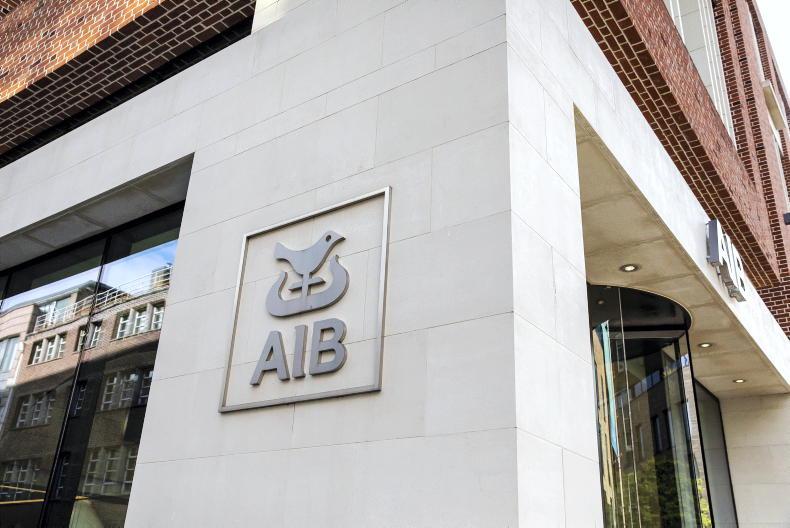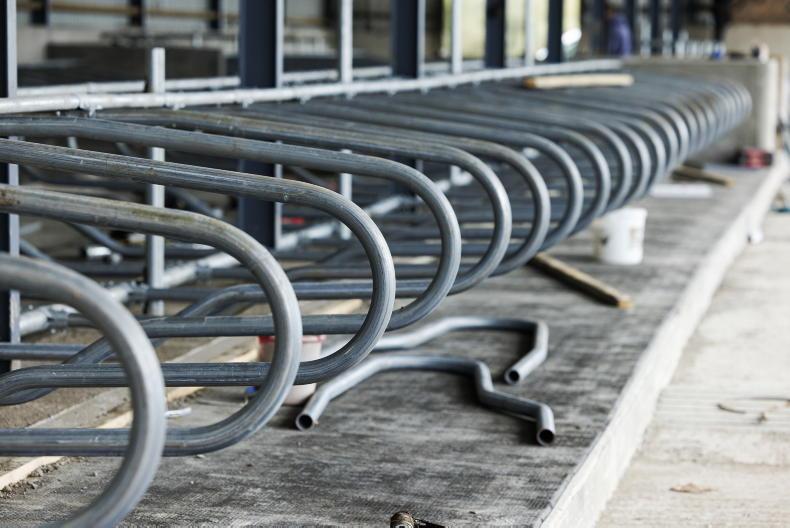The global banking system was in the news this week as the forced takeover of global institution Credit Suisse brought memories of the 2008 financial crisis flooding back.
Stepping back a bit, the crisis at Credit Suisse was kicked off by the collapse of a bank in the United States – Silicon Valley Bank (SVB). That lender was the victim of an old-fashioned bank run as a result of tech industry investors becoming increasingly nervous about the steep losses it was experiencing on its Treasury holdings.
SVB had built up a huge deposit book on the back of the boom in tech investments since 2020.
The bank’s assets were mostly in long-term Treasuries. This put SVB in the position of being extremely exposed to a rapid move higher in interest rates.
When rates move higher, investors are less likely to give their money to the tech sector as good returns can now be made elsewhere.
Also, when rates move higher, the value of bonds like long-term US Treasuries fall.
When the US Federal Reserve started rapidly hiking rates, venture capital to tech companies dried up and the value of Treasuries plunged.
This left SVB with €15bn in mark-to-market losses on its Treasury portfolio at the end of 2022 and depositors who increasingly needed their money back.
Those problems only worsened over the past few months, cumulating in the collapse of the bank.
US regulators stepped in and managed to stop the failure leading to wider systemic problems in America.
Nervous investors
However, nervous investors sold shares in banks all over the world in the wake of the failure.
The spotlight turned towards Credit Suisse, which was seen as one of the weaker global institutions.
When the bank’s major shareholder, a Saudi Arabian bank, said it would put no more money in to help it trade through the crisis, regulators moved in and forced a merger with UBS, the largest bank in Switzerland.
So far, that move seems to have solved the contagion problem in Europe. By the time of writing, shares in lenders in the EU had recovered strongly from the lows of last week.
From a policy perspective, the nervous wobble in the global banking system might be good news for consumers.
Up until this week, the European Central Bank was confidently hiking rates in an attempt to get inflation under control. All of its guidance about future policy suggested it would move at least another full percentage point higher after Thursday’s 0.5 percentage point hike.
However, speaking on Monday, ECB president Christine Lagarde said that the turmoil in the banking sector could force the central bank to stop raising rates.
She said it was not because she saw further risk to the bank sector, but rather because a nervous banking system might lend less to consumers, thereby providing the financial tightening presumed to be needed to control inflation.
In Ireland, this may work to the consumers’ advantage. An ending of rate rises now will obviously mean borrowing will cost less than it otherwise might have, but it might happen with banks particularly tightening their lending conditions.
Bank of Ireland and Allied Irish Banks have incredibly strong balance sheets, with both reporting capital of around 16% – far above regulatory requirements – while their funding models are robust with loan to deposit ratios far below 100%.
The loan-to-deposit ratio is important in times of stress as it means the banks are not relying on international investors to fund their balance sheets. This means that the banks are in a position where they can expand lending considerably without having to worry too much about the vagaries of international investors.
Looking at the chart, we can see that loan-to-deposit ratios dropped quickly during the pandemic as households and companies increased their savings.
Also, the exit of Ulster Bank and KBC from the Irish market further enhanced the remaining banks’ deposit books.
AIB and Bank of Ireland could, between them, increase total lending into the Irish economy by €30bn and still maintain loan-to-deposit ratios close to a still-healthy 80%.
That, coupled with a possible slowdown in interest rate increases could mean consumers and businesses here will avoid any of the tightening of credit conditions much of the rest of the world seems set to face.









SHARING OPTIONS